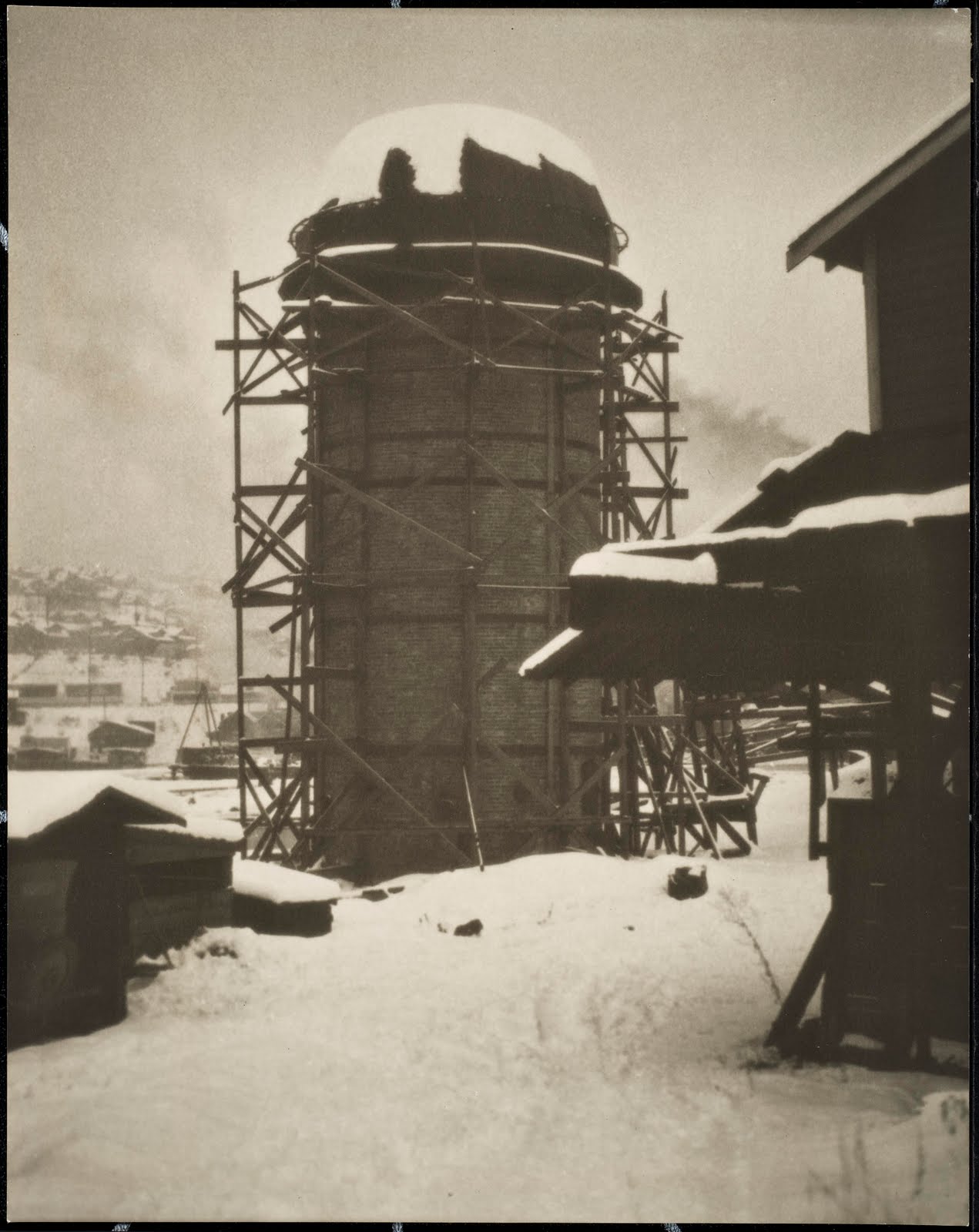Popular photography was new in the 1920s, and the medium was only gradually feeling its way to a separate status from other visual arts. For amateurs in The Seattle Camera Club, founded in 1924, there was nothing wrong with pretty scenes “in the style of,” since the new technology itself was sufficiently cutting-edge. The large, lovely survey of images in Shadows of a Fleeting World: Pictorial Photography and the Seattle Camera Club includes familiar views of Mt. Rainier, Pioneer Square, and the boats and reeds of Lake Washington. Before, only professionals like Edward S. Curtis had the gear to capture such shots; or you would pose for them in the studio. But the predominately Japanese-American members of the SCC freely experimented in the field by copying a little bit of everything. There are traces of traditional Japanese woodblocks, Greek friezes, landscape painting, and the emerging avant garde, too. Not everything is pictorialist: there’s a documentary impulse to some labor scenes; and a few SCC members (e.g., Virna Haffer) push into surrealism and abstraction. Perhaps most charming are the small seasonal greeting cards that SCC members sent to one another: photos adorned with neat calligraphy in smart art deco scripts, both handmade and newfangled. The hours of darkroom labor took longer than the lettering. And the SCC’s world was indeed fleeting: It ended with World War II and the illegal internment of Japanese Americans; and its work was left to slumber in the archives. BRIAN MILLER
Sun., March 18, 4 p.m., 2012




